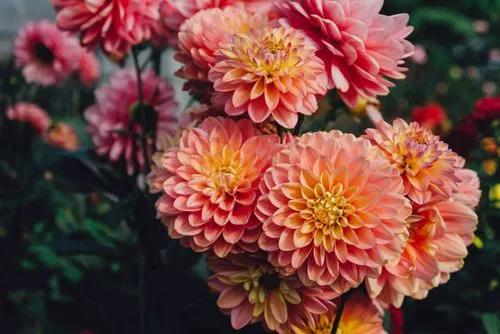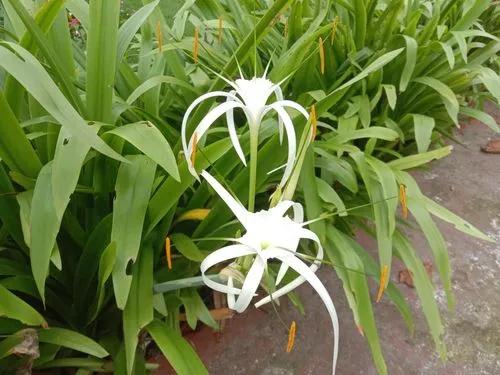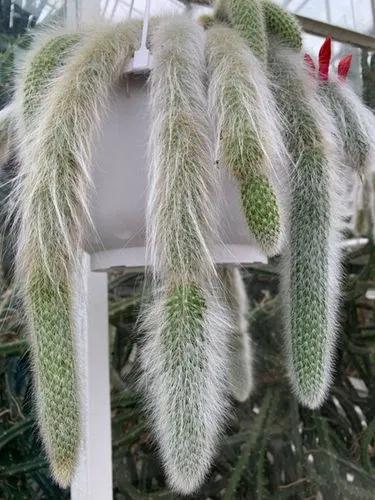Calliope Burgundy' is a compact, upright, tender evergreen perennial with branching stems bearing fleshy, kidney-shaped, lobed, dark green leaves and, clusters of deep burgundy-red flowers in summer. Pelargonium occurs in a large number of growth forms, including herbaceous annuals, shrubs, subshrubs, stem succulents and geophytes.The erect stems bear five-petaled flowers in umbel-like clusters, which are occasionally branched. Because not all flowers appear simultaneously, but open from the centre outwards, this is a form of inflorescence is referred to as pseudoumbels. The flower has a single symmetry plane (zygomorphic), which distinguishes it from the Geranium flower, which has radial symmetry (actinomorphic). Thus the lower three (anterior) petals are differentiated from the upper two (posterior) petals. The posterior sepal is fused with the pedicel to form a hypanthium (nectary tube). The nectary tube varies from only a few millimeters, up to several centimeters, and is an important floral characteristic in morphological classification. Stamens vary from 2 to 7, and their number, position relative to staminodes, and curvature are used to identify individual species. There are five stigmata in the style. For the considerable diversity in flower morphology, see figure 1 of Röschenbleck et al. Leaves are usually alternate, and palmately lobed or pinnate, often on long stalks, and sometimes with light or dark patterns. The leaves of Pelargonium peltatum (Ivy-leaved Geranium), have a thick cuticle better adapting them for drought tolerance.
Pelargonium Calliope Care
Pelargonium Calliope



How to Care for the Plant

Water

Stressing the plants slightly by watering only after the soil has been sitting completely dry for a day or two seems to encourage more profuse blooming. These are relatively drought-tolerant plants, which is why they are so popular for cemetery urns that are tended only sporadically. However, do not leave them dry for so long that they start dropping leaves and declining.

Pruning

Annual geraniums can be problematic to grow in very warm, humid climates, where they can be very susceptible to leaf spots and gray mold. These fungal problems can be combatted by pruning the plant to improve air circulation or using copper-soap fungicides. Make sure to water slowly at soil level and avoid splashing soil onto the leaves.

Fertilizer

Zonal geraniums are not heavy feeders, but since they are usually grown in containers, a light feeding with your favorite fertilizer, every two to four weeks, will keep them vigorous.

Soil

Soil types: Loamy, Sandy
Soil drainage: Well-drained Soil pH: Acid, Alkaline, Neutral
Temperature

The ideal temperature for growing geraniums indoors is 65 to 70 F during the day and 55 F at night. University of California horticulturalists say scented geraniums need only four hours of sunlight a day.

Additional

Pelargonium species belong the Geraniaceae family. They are mildly toxic due to several components found throughout the plant. Geraniol is a pungent chemical that is a primary ingredient in essential oils like citronella and rose oil. It is a skin irritant and can be harmful to the eyes.

Popularity

144 people already have this plant 20 people have added this plant to their wishlists
Discover more plants with the list below
Popular articles






